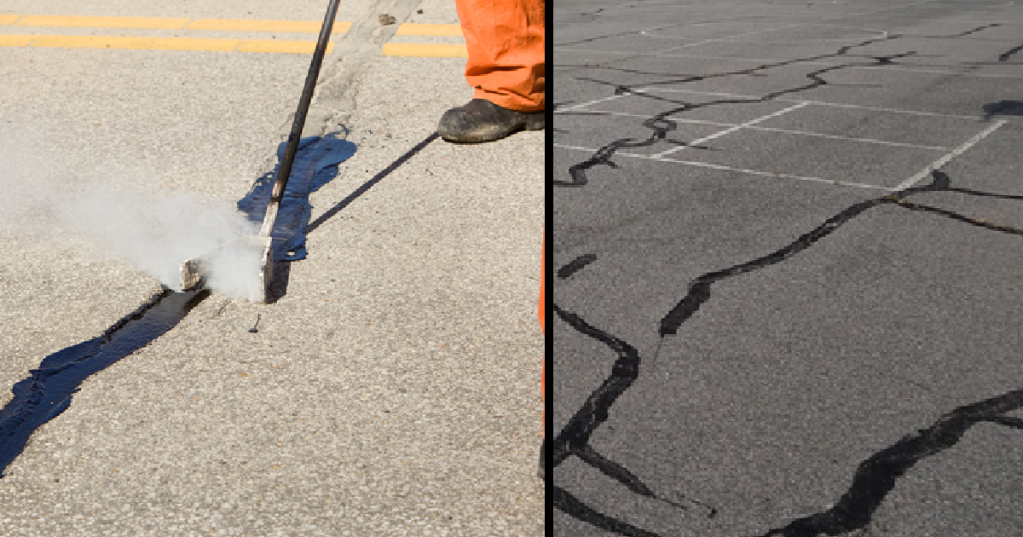There are some questions we just want answers to, whether or not we think they’re some great mystery of the universe – and while knowing why some roads have black squiggly lines on them may not solve the world’s problem, wouldn’t you still like to know?
Image Credit: iStock
The simple answer is that they are the result of sealant used to patch cracks in the road.
Most modern roads are made from asphalt, a semi-solid form of petroleum. Cracks appear over time due to wear, temperature changes, and then they expand once water gets inside them.
To avoid that, which requires more costly repairs, governments want to alleviate the “fatigue cracking” sooner rather than later. The cracks usually spread in a random pattern, so when repair workers apply asphalt rubber sealants containing polymers for flexibility, the darker material does the same.
Image Credit: iStock
They save money by not having to repair or replace a whole stretch of road at a significantly higher cost.
The cracks themselves aren’t dangerous, but some drivers do believe that driving on the sealant requites extra care. They call them “tar snakes” and assert that on hot days, the material reverts to a more liquid state that can be slippery.
Image Credit: iStock
On most days, though, the “tar snakes” are just something interesting to stare at along your journey.
Especially if it’s taking you the long way through Kansas.
